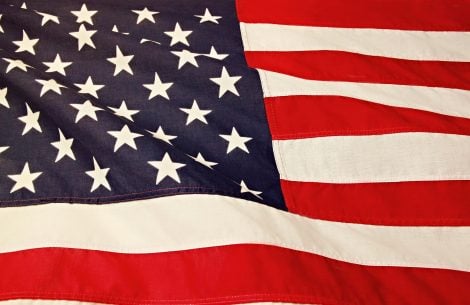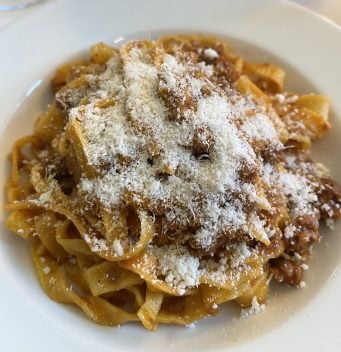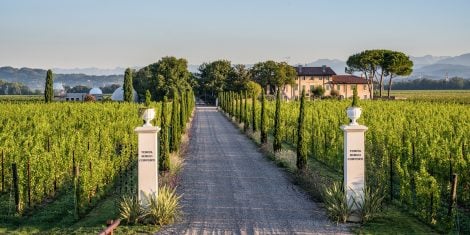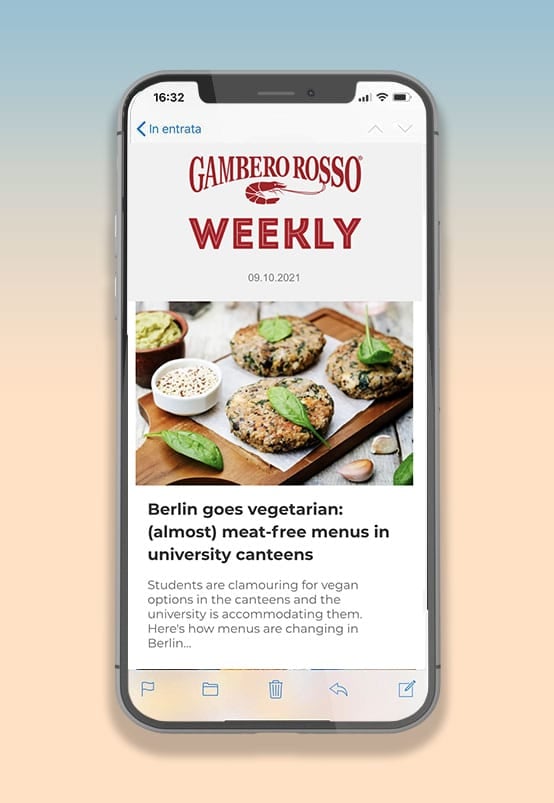We have nothing against extensive wine lists – the kind you find mainly in historic restaurants that have built exceptional cellars over time, with vintages so deep they’d make even seasoned experts blush. But building a great wine list today is a challenging and complex endeavour. One must undoubtedly rely on professionals who not only know how to select the right labels – in harmony with the cuisine – but can also conduct a proper economic analysis: because those bottles are, very often, a form of immobilised capital. With the right expertise, one can craft an inspiring wine list (whether concise or extensive), ideal for enthusiasts, but also stimulating for those more immersed in the world of wine.
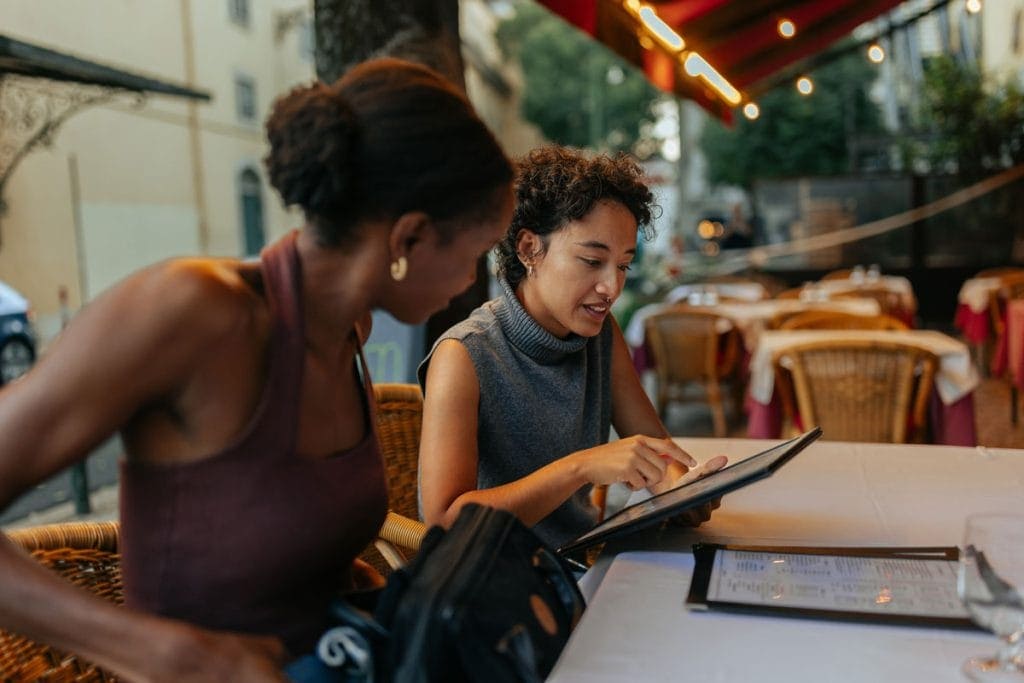
The new wine list: thought & cuisine
First and foremost, the cellar must be the product of a strong concept: one that aligns with the cuisine, of course; that aims to offer a rotating selection of wines by the glass (which must reflect the main list); a philosophy that encourages discovery, born of research and curiosity. Lastly, and crucially, a concept that considers everything involved in the wine service. In short, it’s pointless to serve the finest Barolo from an exceptional vintage if the glassware is wrong or not clean; if the serving temperature is off, or if the person pouring doesn’t even show the label.
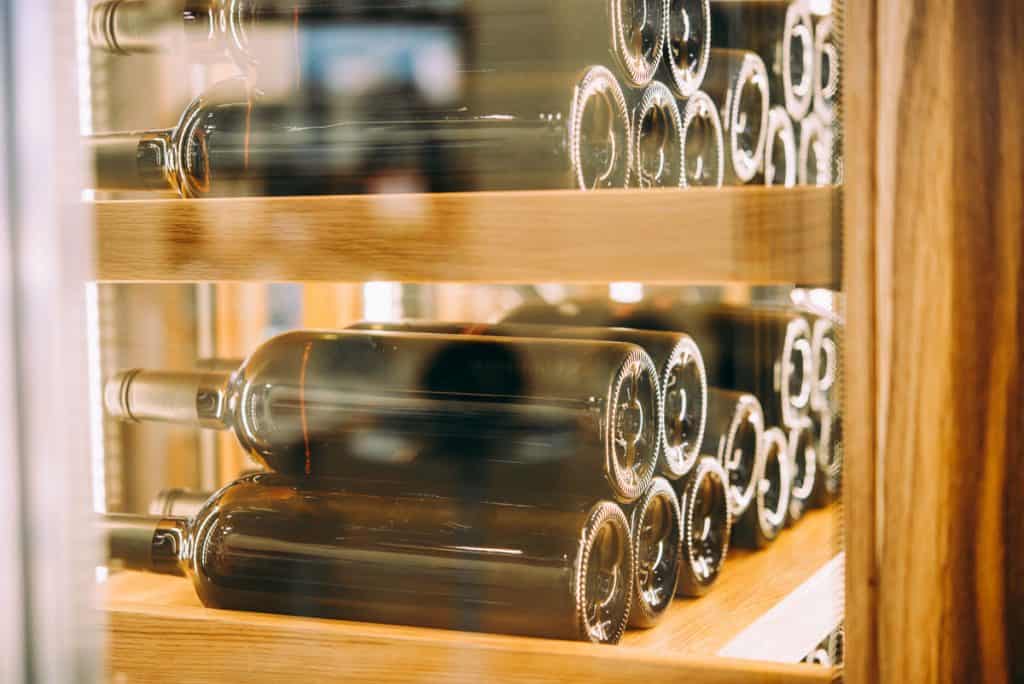
New formats: paper, digital or…
Then comes the format: paper or digital? Here, preferences are highly subjective. The more traditional believe that leafing through a well-bound wine list is part of the overall experience. But it’s equally true that tablet-based searches offer infinite possibilities: filtering by price, grape variety, region, denomination… Artificial intelligence is increasingly being used, and modern audio-visual tools could soon transport us directly into the cellar or vineyard. Fascinating, right? Even so, everything must be done properly and professionally – otherwise, the traditional format is better. Also, faced with an overwhelming number of labels that might intimidate diners, a small monthly selection could be a good idea: it would improve cellar rotation and help many wine lovers explore more confidently.
Terroir & research… and new drinks for pairing
“More terroir and more research.” Massimo Raugi, director at Villa Crespi in Orta San Giulio, is unequivocal: “Tomorrow’s wine list must start from the sommelier’s expertise, a blend of deep knowledge of local contexts connected to the cuisine and a curiosity towards artisanal niches.” Then there’s the trend towards no- and low-alcohol options: “Back in 2018, long before it was fashionable, I created a low-alcohol tasting experience here: a Riesling, a Piedmontese Moscato, a beer, a fermented beverage. Today, I’m no longer interested in doing that, but surely in the future, part of the list will be dedicated to this segment. I also foresee an even stronger consolidation not only of white wines but also of organic and biodynamic wines, as they tend to support more sustainable farming practices.”
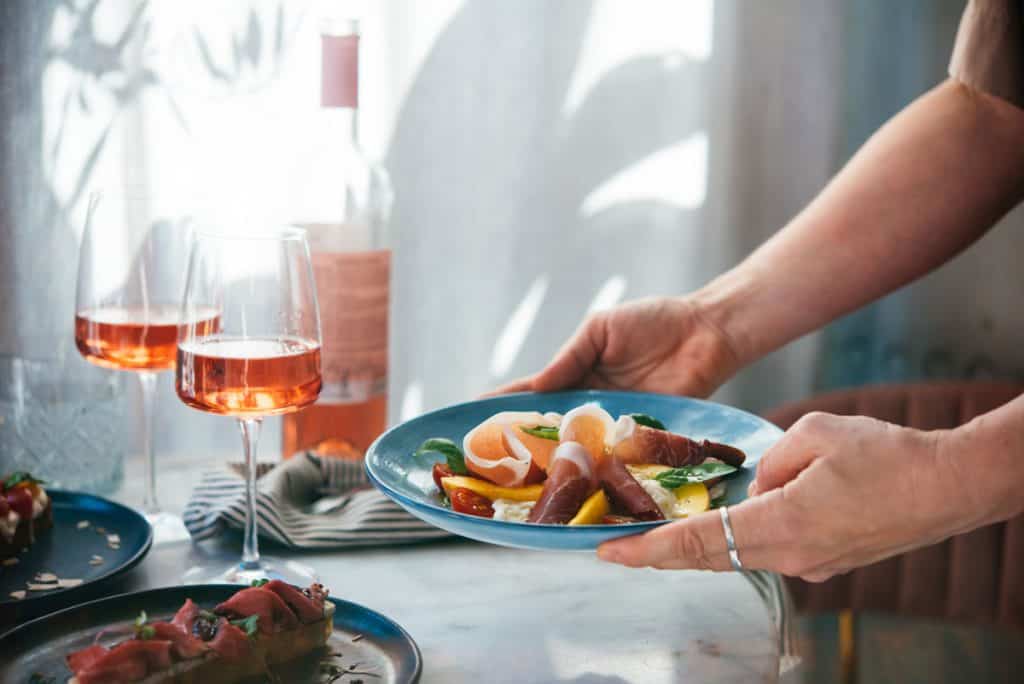
The price dilemma: bottles or by the glass?
Then there’s the question of price. Raugi still laments a widespread lack of wine knowledge in Italy, partly due to prices that have risen sharply in recent years. But how do people drink today at Villa Crespi? “Thirty-three per cent of our guests choose to accompany their meal with a bottle,” explains Raugi, “30% ask for a few glasses, and the remainder opt for the wine pairing that accompanies the tasting menu. I personally am a strong supporter of pairing wine with food, but you must know the cuisine inside out – otherwise, you risk being banal and merely offering a wine tasting.” So the new wine list must begin here, with the sommelier and their expertise. The grand tomes won’t disappear entirely, but wine lists will become more curated and driven not only by big names, but also by constant local research, especially from emerging regions that pique the curiosity of novices. “By-the-glass will be essential. At least three sparkling wines, including one rosé, at least five whites, five reds, and a couple of sweet wines: a great cellar and a great list should start from here.”
More by-the-glass and an eye on small producers
Claudio Lilliu, a commercial agent from Cagliari, runs a small distribution business focused on artisanal producers and a delightful wine shop in the heart of Cagliari. “I honestly believe this is the darkest hour for the wine world and its players. Having trained staff, or at least staff who can assist customers in their choices, is essential to developing and building a strong wine list. In general, restaurants, pizzerias, and wine bars will need to have rich but accessible wine lists – simple, versatile, easy to update or change, and most importantly, with a strong offering of wines by the glass: glass, glass, and more glass. I hope I’ve made myself clear.”
An important element for Lilliu is satisfying guests’ curiosity, as they increasingly ask for glasses from small producers linked to specific regions. “Finally, even though I’m not a fan, I think there must be a dedicated space for zero-alcohol products,” the entrepreneur adds with a smile. “My final thought, which is no less important, is for all restaurateurs: there needs to be greater attention when setting prices. Trying to mark up too much on a glass or bottle often leads to poor rotation and reduced consumption.”
Stories to tell, not Just to drink
Never forget the emotional, heartfelt, and passionate side of wine. A wine list can – must – be all of this. It should highlight and tell the stories of those who produce the wine, as well as those who select it. Alessandro Perini, director of the Romagnoli winery in the Piacenza area and founder of a newly launched wine distribution company, is firmly convinced: “I believe that the future of wine lists in quality Italian restaurants will increasingly be about presenting authentic, passionate stories, because a wine list is like a book – it should radiate emotion from every page to connect with the reader. Wine is a journey through people, territories, cultures. Consumers are attracted to authentic, verifiable narratives, rather than to soulless brands offering correct and ‘nice’ wines, but lacking personality. This is exactly what I look for when selecting new wineries for my catalogue: companies and products that are brimming with emotion.”
The new opportunities of artificial intelligence
“The wine list is undergoing a not-so-silent revolution.” Andrea Gori – taster, critic, writer, and co-owner with his family of the historic trattoria Da Burde, but above all a pioneer in tech innovation and nicknamed the “IT sommelier” – shares insights on new digital opportunities: “Artificial intelligence will be a major player, supporting restaurateurs in creating the wine list and customers in exploring it. Specific algorithms will generate customised selections based on the owner's criteria, consumer trends, and reviews. AI indexing will enable sophisticated searches by emotion, pairing, or occasion – not just by grape variety or region.
The wine list of the future will be mainly digital and interactive, accessible via tablet or personal device, with intuitive interfaces that facilitate a personalised experience. Customers will be able to view multimedia content on each wine – from winery videos to tasting notes, the winemaker’s story, or vineyard maps (perhaps projected directly onto the tablecloth) – making the experience more educational and engaging.”
New values and sensitivities: environment and sustainability
These trends also intersect with growing concern for the environment, sustainability, and the “naturalness” of wines… “We’ll have more information about the carbon footprint of each bottle; there’ll be greater demand for organic and biodynamic wines. Lists will also include more options – from non-alcoholic to low-alcohol wines and other craft fermented drinks – thus reflecting changing consumption habits. Digital formats via QR codes allow real-time updates to the wine list, avoiding guest frustration when a wine is out of stock: with direct links to inventory databases, every list will be aligned with actual availability.
Technologies like augmented reality will allow users to point their phone at a label and access additional information, while apps and social platforms will let them save preferences, share discoveries, or interact with wine communities.
This evolution doesn’t mean losing the human touch – it enriches it: the sommelier will use these tools to offer a more personal experience, freed from admin tasks and able to focus on real wine consultancy, placing more emphasis on relationships than logistics. All the technology in the world should help us be even more human and refined in our service – not standardise and trivialise the act of choosing a wine.”

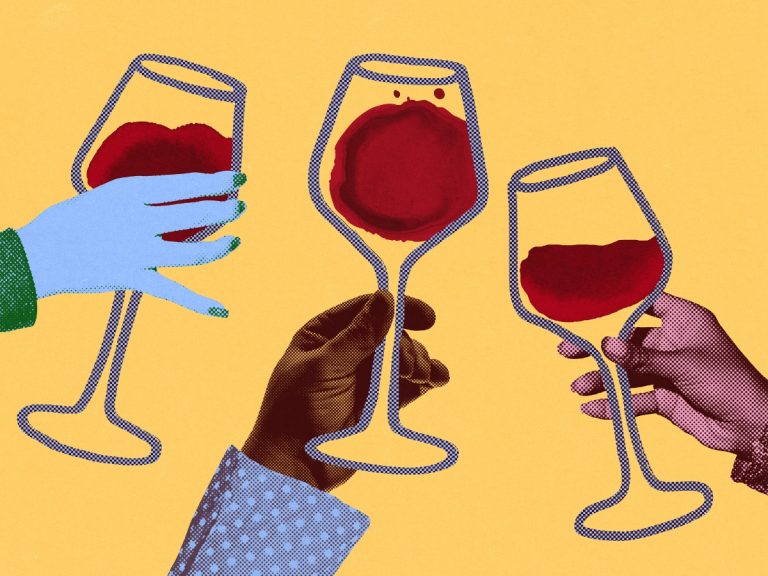
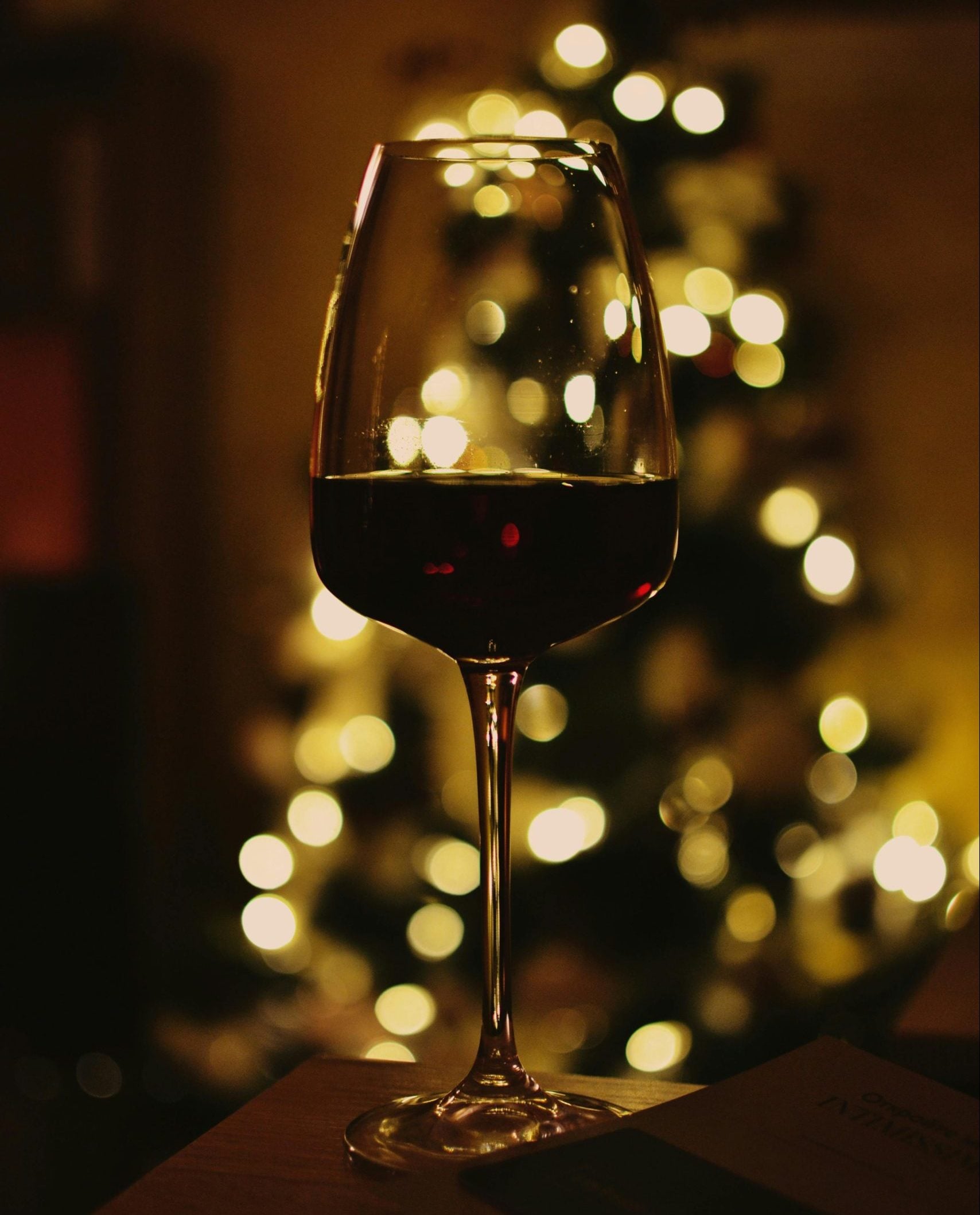 What do sommeliers drink at Christmas?
What do sommeliers drink at Christmas? The alpine hotel where you can enjoy outstanding mountain cuisine
The alpine hotel where you can enjoy outstanding mountain cuisine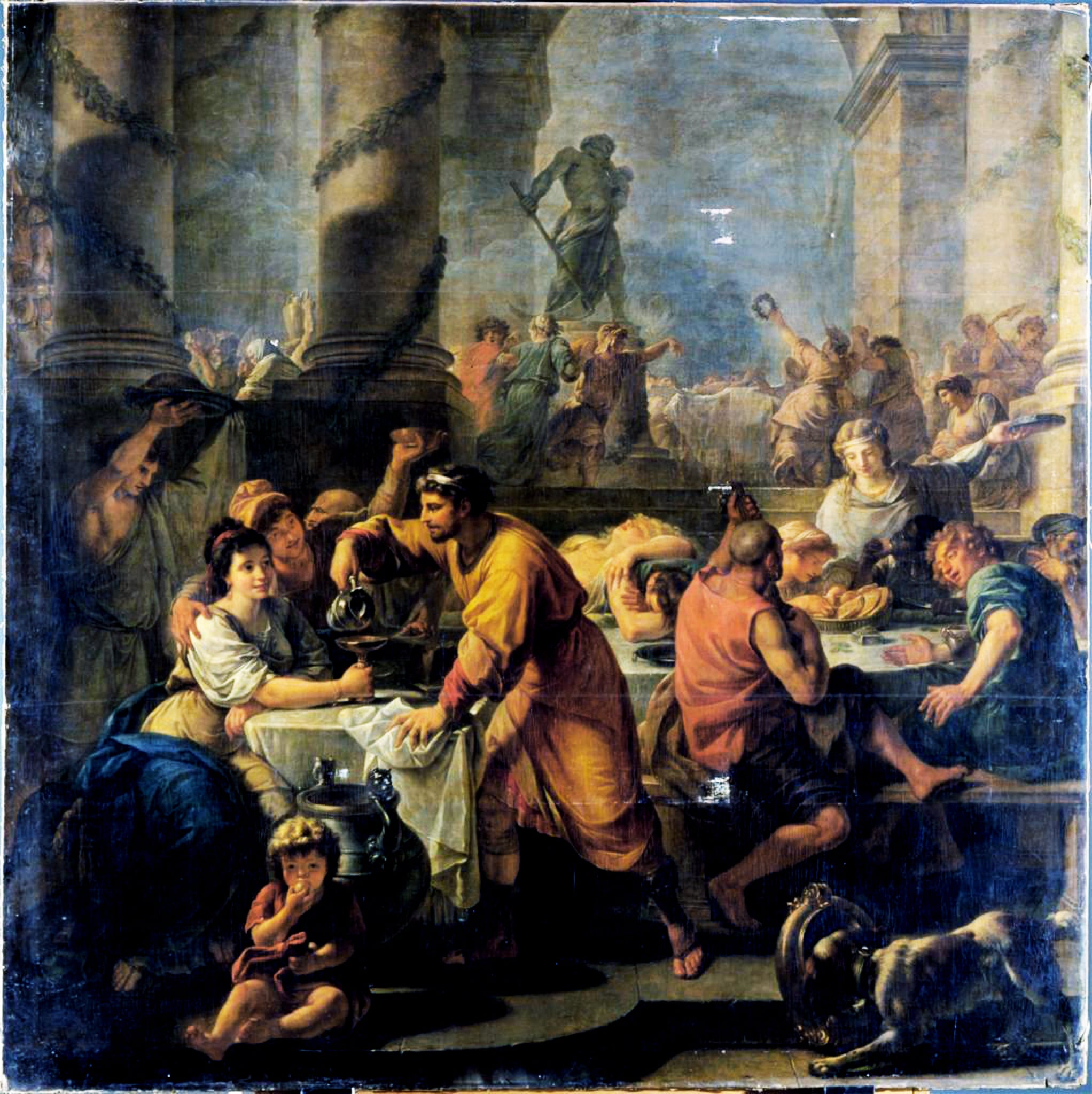 Io Saturnalia! How to celebrate the festive season like an Ancient Roman
Io Saturnalia! How to celebrate the festive season like an Ancient Roman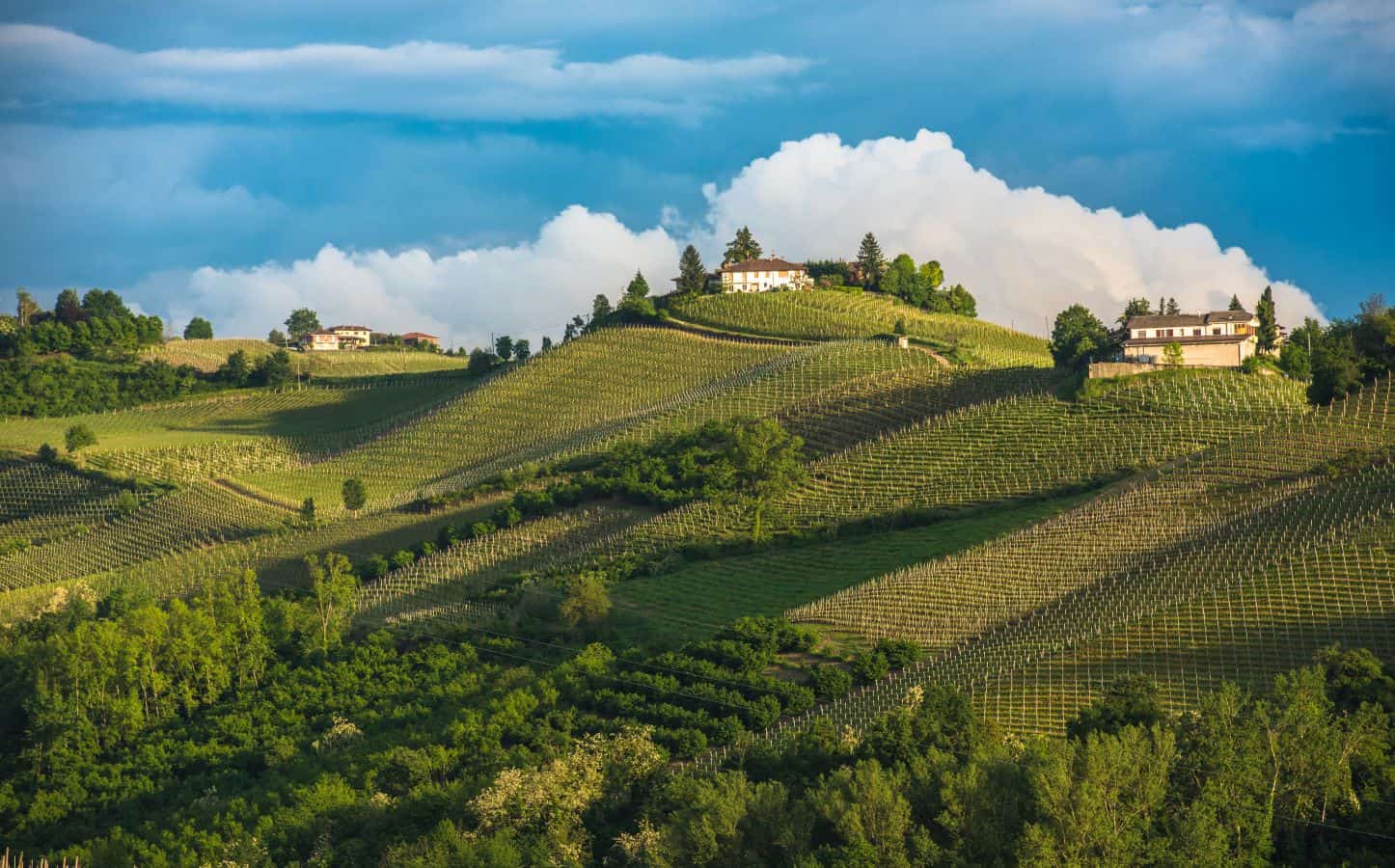 The UNESCO effect: tourism is growing, but there is a risk of losing identity
The UNESCO effect: tourism is growing, but there is a risk of losing identity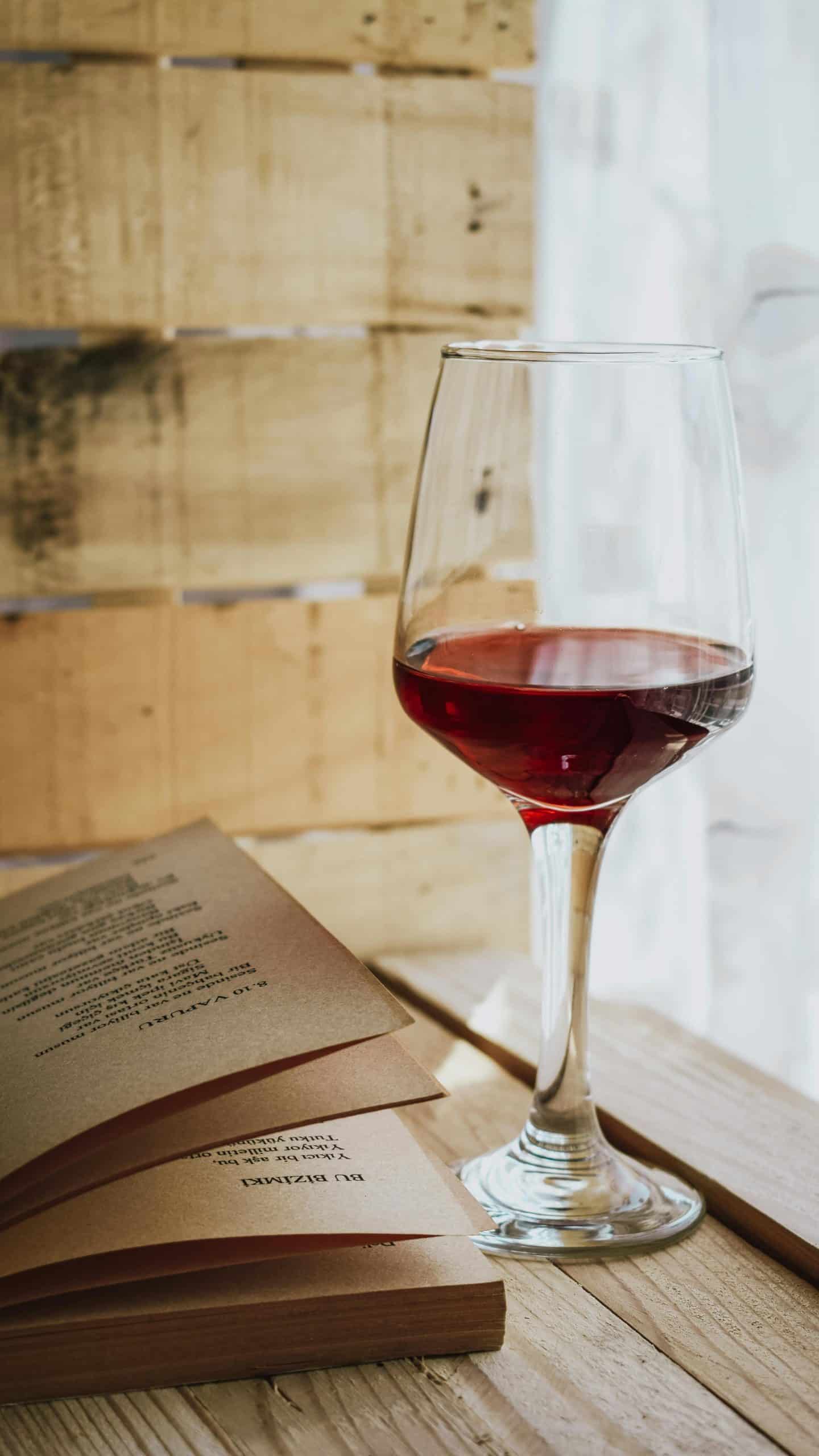 The perfect pairing? Wine and books
The perfect pairing? Wine and books